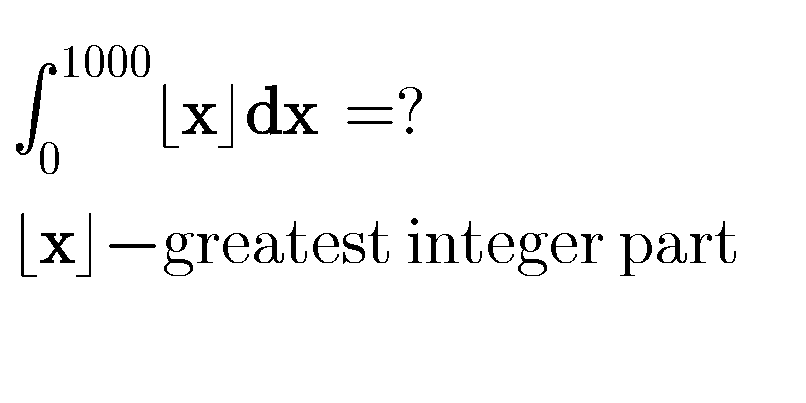
AllQuestion and Answers: Page 1238
Question Number 91904 Answers: 1 Comments: 3
Question Number 91897 Answers: 0 Comments: 1
Question Number 91892 Answers: 0 Comments: 5
Question Number 91872 Answers: 0 Comments: 3
Question Number 91870 Answers: 0 Comments: 5
Question Number 91862 Answers: 1 Comments: 4
Question Number 91850 Answers: 0 Comments: 3

Question Number 91848 Answers: 0 Comments: 1
Question Number 91844 Answers: 0 Comments: 5

Question Number 91843 Answers: 2 Comments: 5
Question Number 91842 Answers: 1 Comments: 1
$$\int\:\frac{{dx}}{{x}\sqrt{\mathrm{4}{x}^{\mathrm{2}} +\mathrm{2}{x}−\mathrm{1}}}\:? \\ $$
Question Number 91840 Answers: 0 Comments: 0
Question Number 91837 Answers: 0 Comments: 5
Question Number 91836 Answers: 1 Comments: 1

Question Number 91825 Answers: 2 Comments: 3
Question Number 92524 Answers: 0 Comments: 0
Question Number 91813 Answers: 0 Comments: 3
Question Number 91812 Answers: 0 Comments: 2
Question Number 92521 Answers: 0 Comments: 10

Question Number 92518 Answers: 1 Comments: 0

Question Number 92510 Answers: 1 Comments: 1
Question Number 92511 Answers: 0 Comments: 2
Question Number 91796 Answers: 1 Comments: 1
Question Number 91786 Answers: 0 Comments: 7
Question Number 91785 Answers: 0 Comments: 5
Question Number 91783 Answers: 0 Comments: 1
Pg 1233 Pg 1234 Pg 1235 Pg 1236 Pg 1237 Pg 1238 Pg 1239 Pg 1240 Pg 1241 Pg 1242
